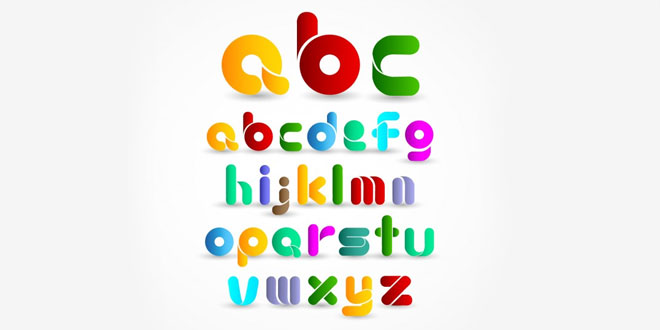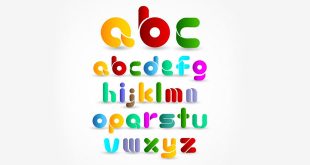Prepositional Phrase
Using Prepositional Phrases
Prepositional phrases are words which begin with a preposition and end with a noun, pronoun, gerund or clause. Here are some examples of prepositional phrases:
- By the ocean
- Near the window
- Over the cabinet
- With us
- In your ear
- Under your hat
- After several minutes, we located the key for the door.
- The flock of tiny swallows flew over the trees near the lake.
- The curtains in the bedroom need changing.
- The house near the park needs painting.
- A large fire was burning near the outskirts of the city.
- An old woman with white hair and blue eyes sat at the front of the bus.
- The small children listened carefully to their mother.
There are cases when prepositional phrases act as either adverb (adverbial phrase) or adjective (adjectival phrase) as in these sentences. In this, adverbs describe verbs and adjectives describe nouns and pronouns.
Prepositional phrase as an adverbial phrase
- The children crossed the street with caution. In this sentence, ‘with caution’ describes the way children crossed the street.
- The book on the bathroom floor is swollen from shower steam. In this sentence, ‘on the bathroom floor’ tells more about the book.
Prepositional phrase as an adjectival phrase
- He lives in the house with the red roof. In this sentence, the prepositional phrase ‘with the red roof’ explains the house in a specific way.
As an adverb, prepositional phrase will answer questions such as where, when and how!
- Freddy is stiff from yesterday’s long football practice.
- Before class, Josh begged his friends for a pencil.
- Feeling brave, we tried the Dragon Breath Burritos at Tito’s Taco Palace.
Always remember that prepositional phrases will not have the subject of the sentence.
- Neither of these cookbooks contains the recipe for Manhattan-style squid eyeball stew.
You can connect two or more prepositional phrases with a coordinating conjunction such as, for, and, but, yet, nor and so.
- The resort is beside the mountain and by the lake.
- You can usually find Macho Marvin in the steam room, on the exercise bike, or under the barbells.
Prepositional phrases do more than just adding minor details to a sentence. In fact, you can notice how vague a sentence becomes without a prepositional phrase.
- The workers gather a rich variety and distribute it.
After adding prepositional phrases, the sentence becomes,
- From many sources, the workers at the Community Food Bank gather a rich variety of surplus food and distribute it to soup kitchens, day-care centres and homes for the elderly.
Common Examples Of Prepositional Phrases
Prepositional phrases are so common in conversational language that it is very difficult to distinguish them. Here are some of the examples:
- over the hill
- behind the door
- at Mary’s house
- without your coat
- during lunch
- atop Mount Everest
- (a)t high speed
- at (the) risk (of)
- at/by one’s side
- at/for a fraction of
- at/from the outset
- at/in the end
- at/on sight
- at/on the double
- at a/one time
- by heart
- by law
- by marriage
- by means of
- by mistake
- by my watch
- by nature
- by no means
- by oneself
- by order of
- by process of
Identifying Prepositional Phrases
The clue to recognising prepositional phrases is that neither the subject nor the verb will be part of these prepositional phrases. This can be understood from the following sentence: ‘The coat on the chair is mine’. Once we eliminate ‘on the chair’, we can easily identify that ‘coat’ is the subject and ‘is’ is the verb.Prepositional phrases generally act as complements and adjuncts of noun phrases and verb phrases as in these sentences:
- The man from China was enjoying his noodles. (Adjunct of a noun phrase)
- She ran under him. (Adjunct of a verb phrase)
- He gave money to the cause. (Oblique complement of a verb phrase)
- A student of physics (Complement of a noun phrase)
- She argued with him. (Complement of a verb phrase)
A prepositional phrase must not be confused with the series formed by the particle and the direct object of a phrasal verb, as in the phrase, ‘turn on the light’. This sequence is structurally different from a prepositional phrase. In this case, “on” and “the light” will not form a unit -‘on’ here is not a position- instead they unite independently with the verb “turn”.
 Class Notes NCERT Solutions for CBSE Students
Class Notes NCERT Solutions for CBSE Students


